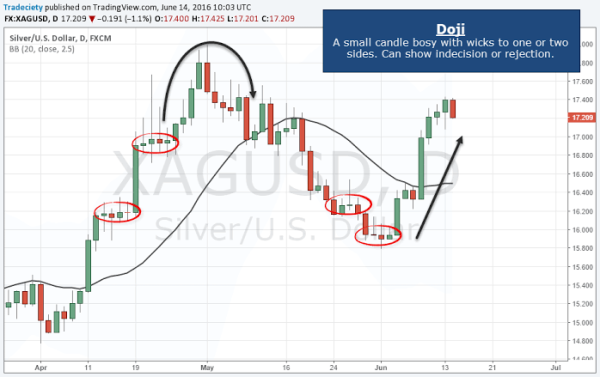Using moving averages in forex trading can provide valuable insights into market trends and potential entry and exit points. Here's how traders can effectively use moving averages in their forex trading:
1. **Selecting the Moving Average Type**: Traders should first choose the type of moving average they want to use. Common types include Simple Moving Average (SMA) and Exponential Moving Average (EMA). SMAs give equal weight to all prices within the period, while EMAs give more weight to recent prices, making them more responsive to price changes.
2. **Choosing the Timeframe**: Traders need to decide on the timeframe for their moving averages. Short-term moving averages, such as the 20-period or 50-period, are often used to capture short-term trends, while long-term moving averages, such as the 100-period or 200-period, are used to identify long-term trends.
3. **Identifying Trend Direction**: Moving averages help traders identify the direction of the trend. When the price is trading above the moving average, it indicates an uptrend, and when the price is below the moving average, it indicates a downtrend. Traders can use moving average crossovers, where shorter-term moving averages cross above or below longer-term moving averages, to confirm trend changes.
4. **Finding Entry and Exit Points**: Traders can use moving averages to identify potential entry and exit points for their trades. For example, in an uptrend, traders may look for opportunities to buy when the price pulls back to the moving average and then bounces higher. In a downtrend, traders may consider selling when the price rallies up to the moving average and then starts to decline.
5. **Confirmation with Other Indicators**: Traders can use moving averages in conjunction with other technical indicators to confirm signals. For example, they may look for divergence between the price and an oscillator like the Relative Strength Index (RSI) or the Moving Average Convergence Divergence (MACD) to confirm a potential trend reversal.
6. **Risk Management**: Traders should always use proper risk management techniques when trading with moving averages. This includes setting stop-loss orders to limit potential losses and ensuring that the risk-to-reward ratio of each trade is favorable.
7. **Backtesting and Practice**: Before using moving averages in live trading, traders should backtest their strategies on historical data and practice on demo accounts to gain confidence and refine their approach.
By effectively using moving averages in forex trading, traders can better identify trends, find entry and exit points, and improve their overall trading performance.

1. **Selecting the Moving Average Type**: Traders should first choose the type of moving average they want to use. Common types include Simple Moving Average (SMA) and Exponential Moving Average (EMA). SMAs give equal weight to all prices within the period, while EMAs give more weight to recent prices, making them more responsive to price changes.
2. **Choosing the Timeframe**: Traders need to decide on the timeframe for their moving averages. Short-term moving averages, such as the 20-period or 50-period, are often used to capture short-term trends, while long-term moving averages, such as the 100-period or 200-period, are used to identify long-term trends.
3. **Identifying Trend Direction**: Moving averages help traders identify the direction of the trend. When the price is trading above the moving average, it indicates an uptrend, and when the price is below the moving average, it indicates a downtrend. Traders can use moving average crossovers, where shorter-term moving averages cross above or below longer-term moving averages, to confirm trend changes.
4. **Finding Entry and Exit Points**: Traders can use moving averages to identify potential entry and exit points for their trades. For example, in an uptrend, traders may look for opportunities to buy when the price pulls back to the moving average and then bounces higher. In a downtrend, traders may consider selling when the price rallies up to the moving average and then starts to decline.
5. **Confirmation with Other Indicators**: Traders can use moving averages in conjunction with other technical indicators to confirm signals. For example, they may look for divergence between the price and an oscillator like the Relative Strength Index (RSI) or the Moving Average Convergence Divergence (MACD) to confirm a potential trend reversal.
6. **Risk Management**: Traders should always use proper risk management techniques when trading with moving averages. This includes setting stop-loss orders to limit potential losses and ensuring that the risk-to-reward ratio of each trade is favorable.
7. **Backtesting and Practice**: Before using moving averages in live trading, traders should backtest their strategies on historical data and practice on demo accounts to gain confidence and refine their approach.
By effectively using moving averages in forex trading, traders can better identify trends, find entry and exit points, and improve their overall trading performance.

تبصرہ
Расширенный режим Обычный режим